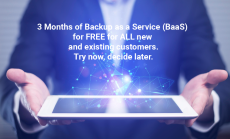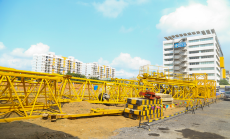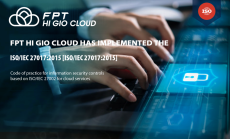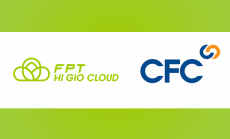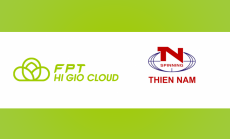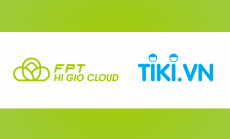WEEKLY TEAM-PICK. DISASTER RECOVERY: THE IMPORTANCE OF CHOOSING THE RIGHT PROVIDER FOR YOU.
The concept of disaster recovery
Before I delve into the key considerations for customers when choosing a DR solution, I should, for the sake of the uninitiated amongst us, explain what DR is. It literally means to recover from a disaster, and so encompasses the time and labour required to be up and running again after a data loss or downtime. DR depends on the solution that is chosen to protect the business against data loss. It is not simply about the time during which systems and employees cannot work. It is also about the amount of data lost when having to fall back on a previous version of that data. Businesses should always ask themselves: “how much would an hour of downtime cost?” And, moreover, “is it possible to remember and reproduce the work that employees, or systems did in the last few hours?”
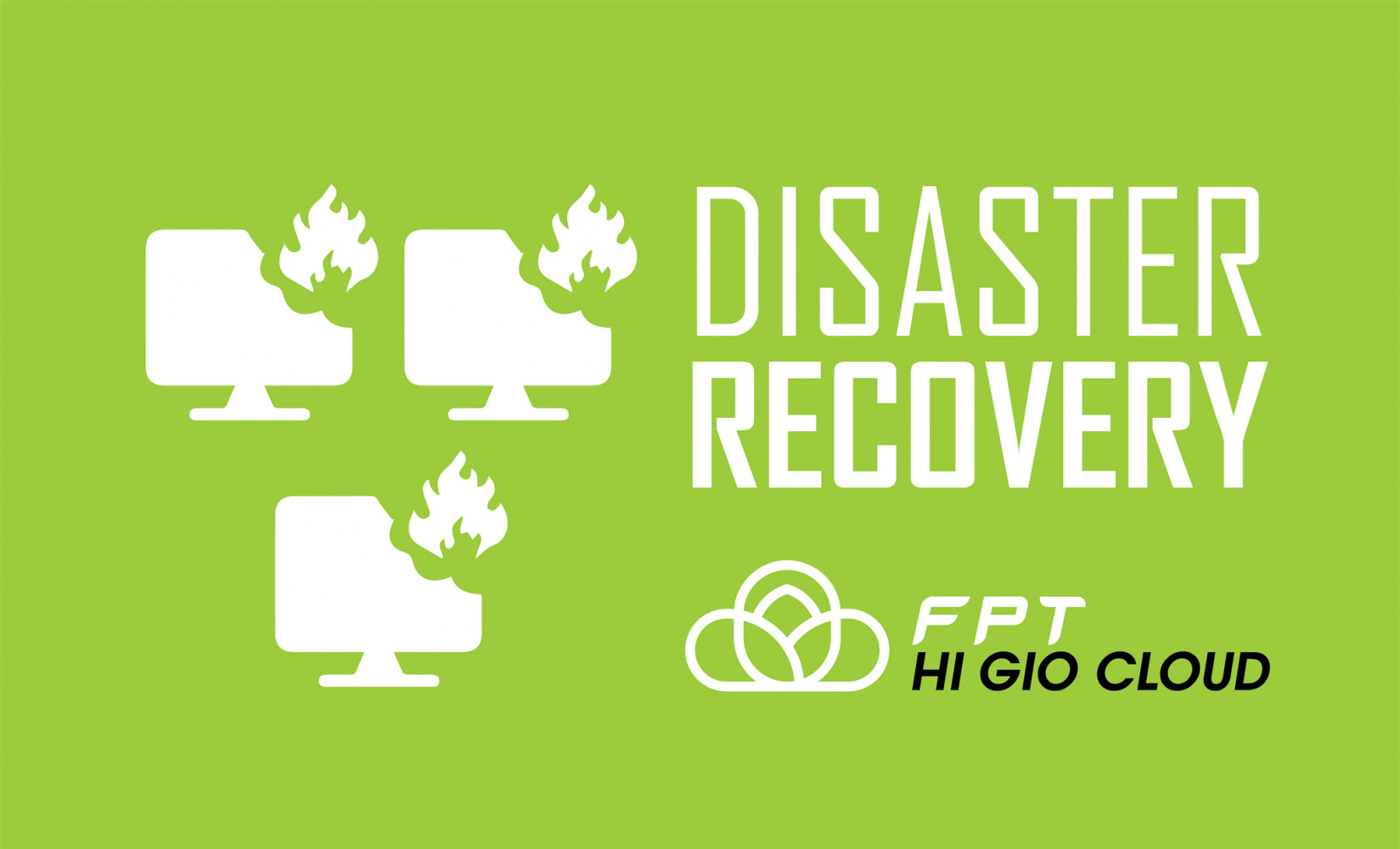
When choosing a DR solution, what are the considerations?
In the past, customers would usually have resorted to building out a secondary data centre complete with a suitably sized stack of infrastructure to support their key production servers in the event of a DR undertaking. They could either build with new infrastructure, or eke out a few more years from older servers and networking equipment. Often, they would even buy similar storage technology that would support replication.
More recently, software-based replication technologies have enabled a more heterogeneous set up, but still requiring a significant investment in the secondary data centre, and, not forgetting the power and cooling required in the secondary DC, coupled with the ongoing maintenance of the hardware, all of which increases the overall cost and management task of the DR strategy.
So, should customers be looking to develop their own DR solutions, or would it be easier and more cost-effective to buy a service offering?
Enter DRaaS. Now, customers need only pay for the storage associated with their virtual machines being replicated and protected, and only pay for CPU and RAM when there is a DR test or real failover.
Choosing the right DR provider for you:
When determining the right DR provider for you, I would always recommend undertaking a disaster recovery requirements checklist and regardless of whether you are choosing an in-house or DRaaS solution. This checklist should include the following points:
Performance:
- Does the DR solution offer continuous replication?
- Which RTO and RPO does the solution offer?DRaaS – Does the Cloud Service Provider offer a reliable and fast networking solution, and does the DRaaS solution offer networking efficiencies like compression?
Support of your systems:
- Is the DR solution storage agnostic?
- How scalable is the solution (up and also down in a DRaaS environment)?
- DRaaS – Does it offer securely isolated data streams for business critical applications and compliance?
Functionality:
- Is it a complete off-site protection solution, offering both DR and archival (backup) storage?
- Is it suited for both hardware and logical failures?
- Does it offer sufficient failover and failback functionality?
Compliance:
- Can it be tested easily and are testing reports available?
- DRaaS – Are there any licence issues or other investments upfront?
- DRaaS – Where is the data being kept? Does the service provider comply with EU regulations?



